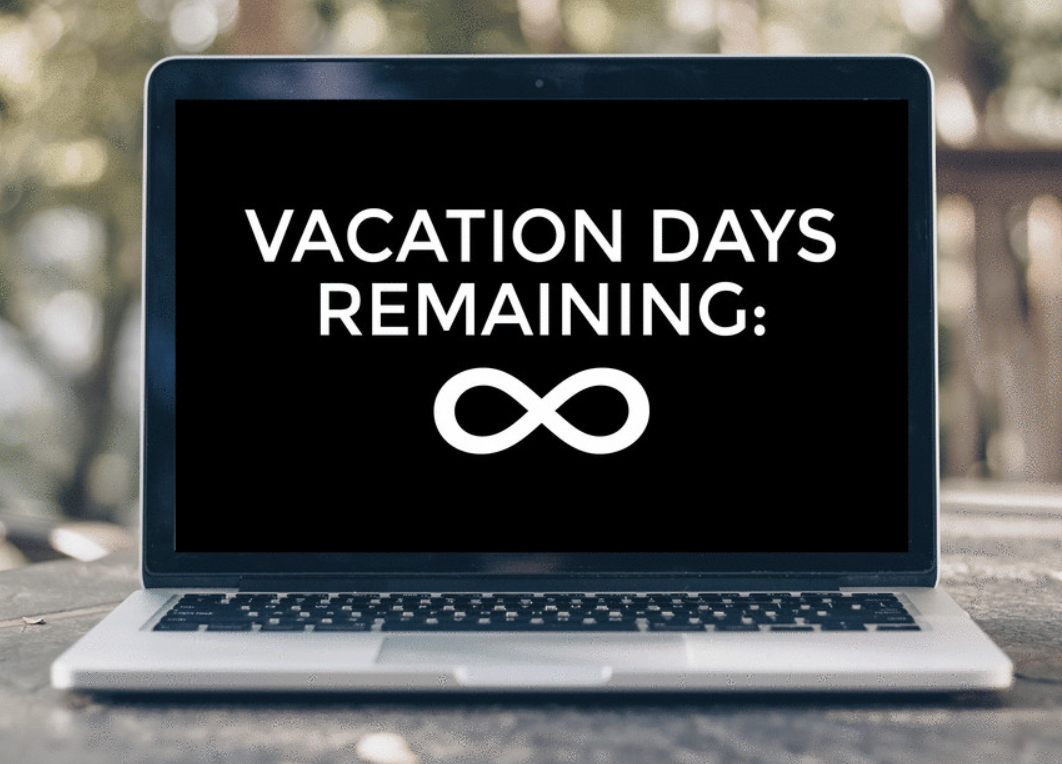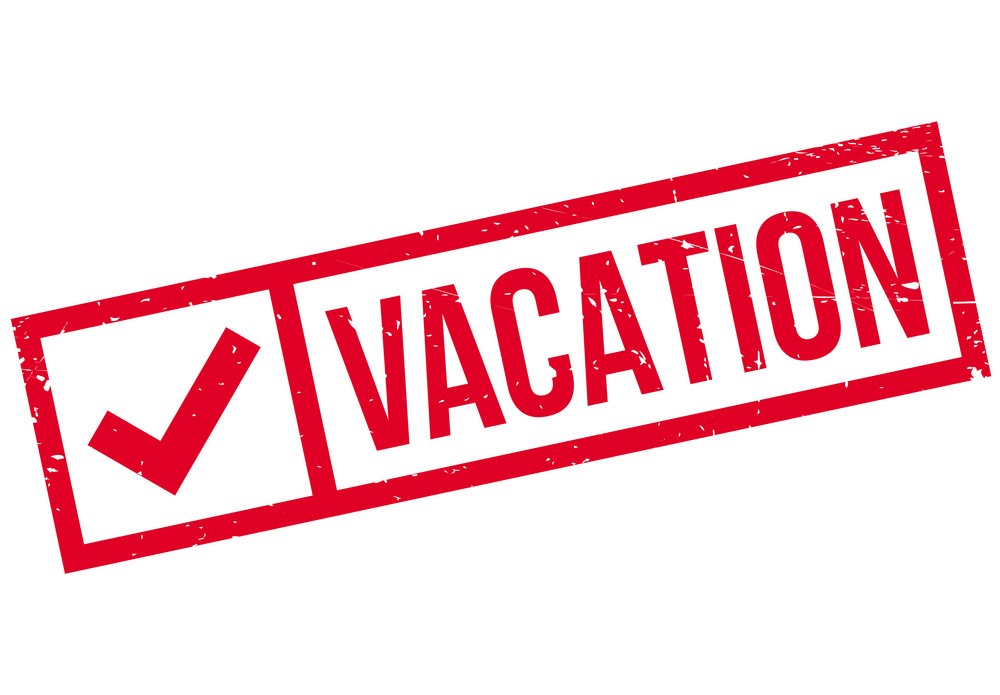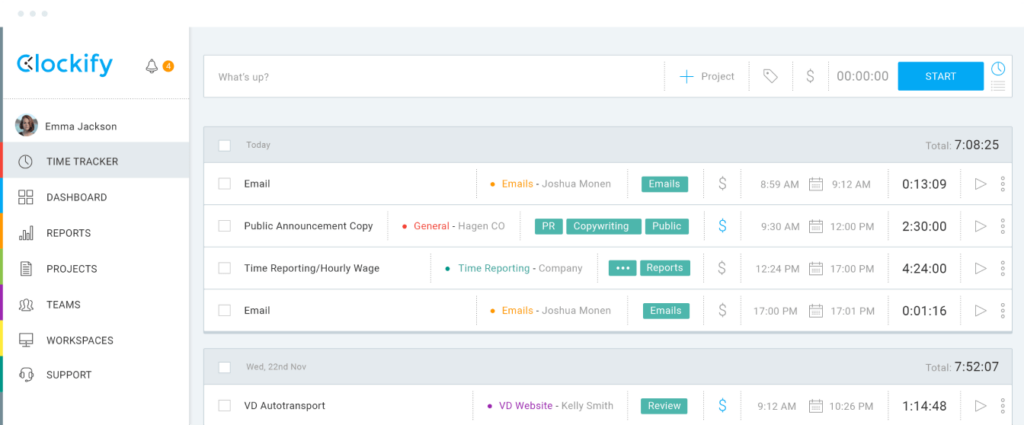Unlimited PTO has emerged as a revolutionary approach that challenges traditional leave management systems. While it may sound counterintuitive to some, offering unlimited PTO can provide a myriad of benefits for both employees and employers.
Day Off
The #1 tracker for your team’s PTO, vacations and absences, Day Off will help you to Manage limited and unlimited PTO and absences in one place. In seconds you will set up your leave policies, approval workflow and enjoy a unique experience.
The “Day Off” app concept revolves around providing users a platform to manage their personal, sick, and vacation days more effectively. features aimed at both individual employees and organizations.
- Employees can track their balances up to date information about their available time off.
- You can add unlimited numbers of employees.
- Supports various leave types (e.g., annual, sick, maternity/paternity leave) and Supports Days and Hours balance, you can add unlimited numbers of leave types and leave policies.
- You can Customize week starting day settings according to your company’s operational days.
- Setting up public holidays specific to your country or region, by importing holidays from Google.
- The app can integrate with ( Slack, Google Kalender, Outlook Calendar and Teams)
- Supports Accruals & Carry overs.
1. Enhanced Employee Satisfaction and Morale
Unlimited PTO empowers employees to take control of their work life balance. Knowing they can take time off as needed reduces stress and burnout, leading to higher job satisfaction. Employees feel trusted and valued, which can significantly boost morale.
2. Increased Productivity
Contrary to concerns about potential abuse, studies have shown that employees with unlimited PTO often become more productive. Without the pressure to “use it or lose it,” employees take time off when they genuinely need it, leading to better rested and more focused team members.
3. Improved Recruitment and Retention
Offering unlimited PTO is a powerful tool in attracting top talent. In a competitive job market, this perk can set a company apart, appealing to candidates who prioritize flexibility. Additionally, current employees are more likely to stay with an organization that supports their personal well being.
4. Reduction in Administrative Burden
Traditional PTO policies require meticulous tracking and management, which can be time consuming for HR departments. Unlimited PTO eliminates the need for this, freeing up HR to focus on other strategic initiatives and reducing administrative costs.
5. Promotion of a Results Oriented Work Culture
Unlimited PTO shifts the focus from hours worked to results achieved. This encourages a culture where performance is measured by outcomes rather than time spent at the desk. Employees are motivated to work efficiently and effectively to meet their goals.
6. Decreased Financial Liability
With traditional PTO, companies often have to pay out unused vacation days when an employee leaves. Unlimited PTO eliminates this financial liability, as there are no accrued days to compensate, potentially saving the company money.
7. Better Work Life Integration
Employees with unlimited PTO can better manage their personal responsibilities and interests alongside their professional commitments. This leads to a more integrated and harmonious work life balance, contributing to overall employee well being.
8. Enhanced Creativity and Innovation
Taking breaks and vacations can stimulate creativity. Employees return to work with fresh perspectives and renewed energy, which can foster innovation and creative problem solving. This is particularly valuable in industries that thrive on new ideas and continuous improvement.
9. Fostering Trust and Autonomy
Unlimited PTO demonstrates a high level of trust in employees. It shows that the organization believes in their ability to manage their time and responsibilities. This autonomy can lead to higher levels of engagement and loyalty, as employees feel more in control of their work environment.
10. Adaptability to Individual Needs
Every employee has unique personal circumstances and needs. Unlimited PTO allows individuals to take time off tailored to their specific situations, whether it’s for mental health days, family emergencies, or extended travel. This flexibility can lead to a more inclusive and supportive workplace.
Conclusion
While the concept of unlimited PTO may raise concerns about potential misuse, the benefits far outweigh the risks when implemented thoughtfully. Companies that trust their employees and prioritize their well being often see positive outcomes in terms of productivity, employee satisfaction, and overall business performance. By fostering a culture of trust, flexibility, and results oriented work, organizations can leverage unlimited PTO as a powerful tool for creating a thriving workplace.












